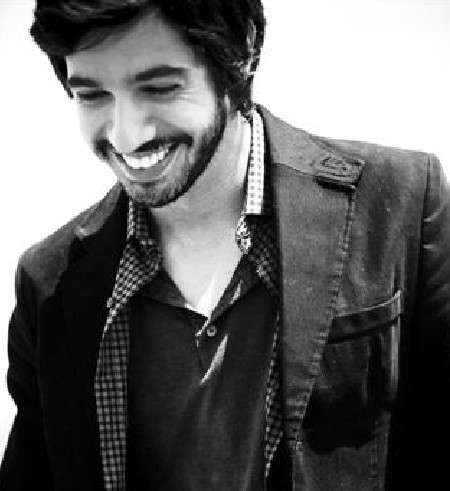Shabbat
A Journey Called Shabbat: Moving Through Sacred Time
For Shai Gabso, Shabbat means stepping outside routine, reconnecting with family, and finding peace in the stillness.


Shabbat: A Pause Beyond Time
“To me, Shabbat is above time. There’s no sense of missed opportunity, no regret, no rush to do more. It’s whole. Complete. For years I was afraid of Shabbat. I’m not even sure why. But today, I love it.”
With these words, Shai Gabso captures what many only discover after years of spiritual searching: that Shabbat, when embraced, can become a safe, timeless space. No pressure. No performance. Just presence.
A Shifting Routine, A Steady Core
“There’s no fixed routine,” he continues. “I spend Shabbat each week in a different place, with a different view. My Shabbat experience fluctuates. So the details change, depending on the people and the setting. But the foundation remains: Friday night prayers, Shabbat morning tefillah (prayer), and an afternoon service.”
His synagogue? That’s fluid too. He finds inspiration in many places: Young Israel in Petach Tikvah, Zichron HaDarim in Rishon LeZion near his parents, synagogues in Ofra, Migdal, and others that have left an imprint on his soul. “There are many,” he says simply. “Each one lifts me in its own way.”
Family, Motion, and the Bittersweet Goodbye
“Usually I don’t do this during the week,” he admits, “but on Shabbat… I see my family. It’s a good time to sit and talk. I don’t get to see them much during the week, but on Shabbat we’re together.”
And when Shabbat ends?
“I drive. With music. I don’t care where. I’ll decide once I’m already on the road. When Shabbat leaves, I feel a kind of fog around my shoulders, throat, and heart. A big, tangled mess.”
The contrast between the clarity of Shabbat and the chaos of the week is sharp. Yet that post-Shabbat ache is also a testament to the beauty of what’s just been experienced.

